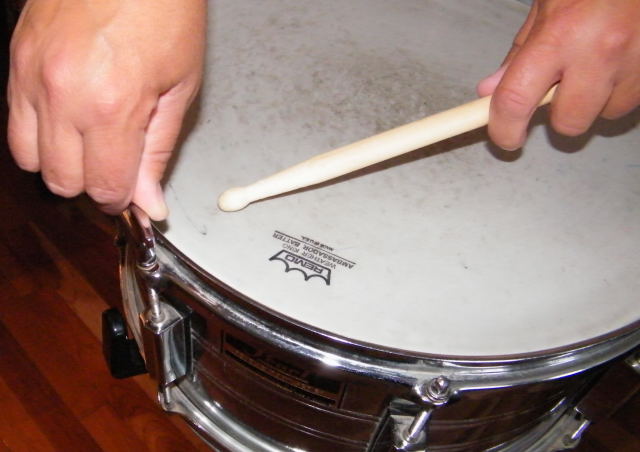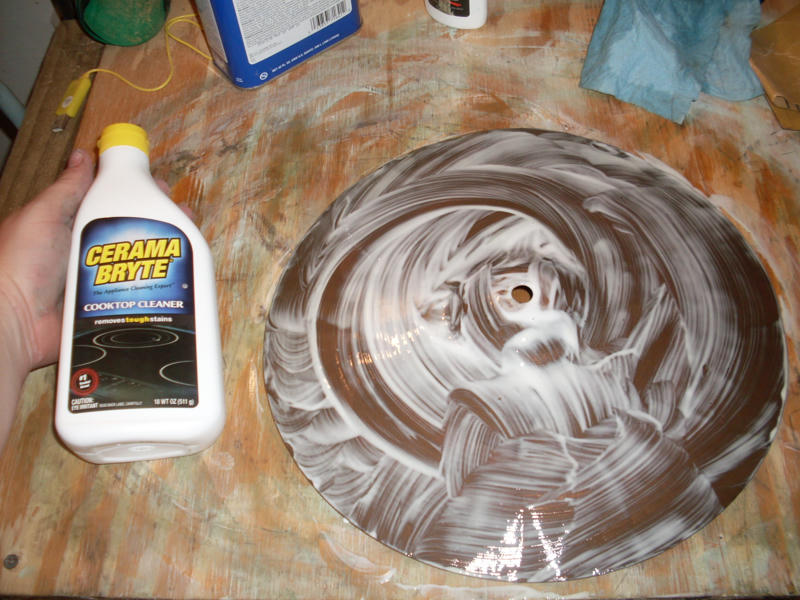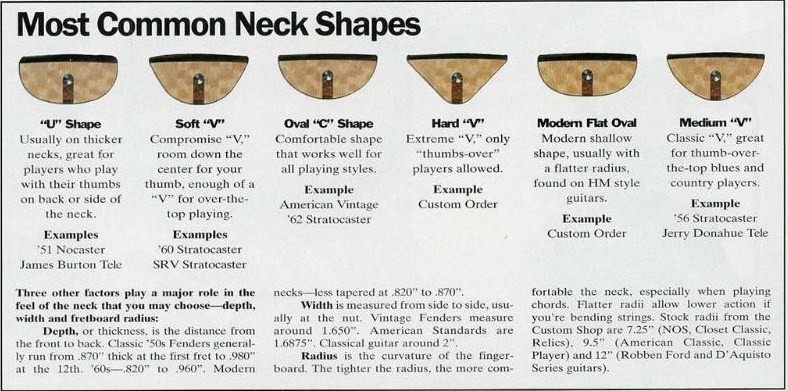A drum set can never be tuned right or wrong. There is no such specific tuning standard for drums. If you ask 10 different drummers you will get 10 different answers. I personally have tried a number of techniques for tuning of drum set and found this one to be easy yet effective. The following technique is used to tune your toms and base. Tuning of snare would be uploaded further.
1. Loosen the tension rods of drum heads one by one evenly. Use a drum key always while loosening the rods. You always get a drum key that matches with the bolts of your drum head. So do keep in mind never loose your drum key. Do loosen the bolts by turning the key half a circle each time one by one. And once it is completely loosen the tension rods one by one.
2. After removing the tension rods remove the drum head and resonant head. After removing clean the inner part of the drum with a clean dry cloth. Even wipe the drum head to clean it and make sure there are no cracks in it. Even if you are replacing the old drum head with new one wipe it as well.
3. After cleaning put back the drum head and tension rods. Tighten the tension rods with your hands(without using the drum key) and keep going until all the tension rods are finger tight.
4. After finger tightening the drum head push the middle part of drum set with your fist. Push it as hard as possible. Don't worry you will not tear the drum head. It is capable to bear the load of your fist and then re- tighten the tension rods with finger.
5. Now is the important part of tuning the drums which involves a lot of concentration. Rotate the tension rods half a circle one by one on each tension rod till you get the desired sound for your drum.
6. Now fine tune the drum by tapping about an inch away from the tension rod and listening whether all the tension rods are tuned evenly. There should be same sound near every tension rod. You can even use a digital tuner for this. Many tuner apps are available on smartphones.
7. Best advice is to tune the resonant head i.e the bottom part of your drum set first because the batter head wouldn't sound right until you pitch the resonant heads nicely.















